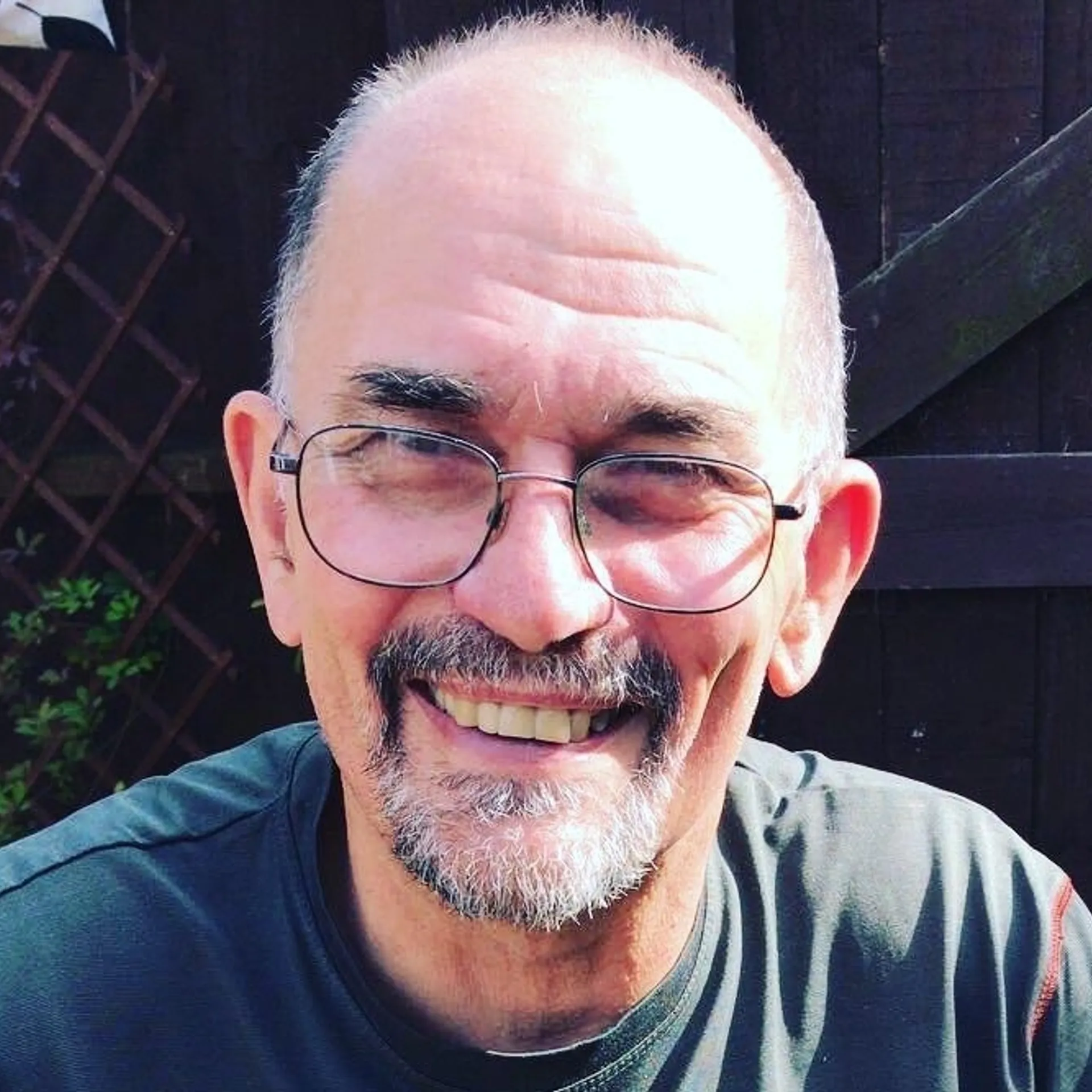COP26: A Climate Action Cop-Out?

Over three months have passed since the conclusion of COP26 in Glasgow, providing us with enough time to gain perspective on the achievements and success of the conference. While the outcomes did not live up to the media and government hype surrounding it, it could not be simply dismissed as “blah blah,” as Greta Thunberg declared at the time.

COP26 aimed to secure global net zero carbon emissions by mid-century, keep the 1.5-degree target within reach, and address the impacts of climate change on vulnerable communities and natural habitats. Additionally, it sought to fulfil the promise of mobilising at least $100 billion in climate finance per year by 2020.
The conference had some positive outcomes:
- The global temperature targets were strengthened from “well below” +2 degrees Celsius to a more rigid +1.5 degrees Celsius, increasing the urgency.
- Over 130 countries pledged to halt and reverse deforestation by 2030.
- A significant agreement led by the USA and China, signed by over 100 countries, aimed to cut methane emissions by 30% by the end of the decade, potentially reducing temperature rise by 0.5 degrees by 2100.
- India announced its commitment to achieve net zero carbon emissions by 2070.
- More than 40 governments committed to investing in clean technology and phasing out fossil fuels.
- The next major conference is now scheduled for 2022 instead of four years later, maintaining focus on the 1.5-degree target.
There were major disappointments as well:
- The aim to phase out coal by 2030 was abandoned, diluted to the phrase “phase down” due to the influence of fossil fuel exporting countries.
- Governments from wealthier nations reneged on their promises made in 2015 to provide $100 billion annually to assist low-income countries vulnerable to climate change impacts.
- There were no commitments, plans, or deadlines to fulfil this financial support, indicating a lack of concrete action.
- Richer countries focused on investing in electric vehicles, which may benefit their own economies but do little for poorer countries at risk of inundation.
- Criticism was raised regarding the watered-down language used in the final report. The use of terms like “urging”, “calling”, “encouraging”, and “inviting” was seen as insufficiently decisive for the urgency of the situation.
So, did COP26 meet its aims?
Partially. It succeeded in bringing the 1.5-degree target to the forefront of discussions, prioritising science and taking initial steps toward protecting major forest ecosystems. However, hard commitments to eliminate fossil fuel reliance and a roadmap to achieve net zero by 2050 were conspicuously absent. In this regard, there was a lot of talk but little action.
While focusing on green technologies like electric cars can reduce greenhouse gas emissions in wealthier countries, it does not address the urgent financial assistance needed by vulnerable countries in the global south. These countries require immediate support to adapt to and protect themselves from the impacts of climate change.
Climate change is not solely a problem for poorer countries in the south; it affects the entire world. However, global inequality and social injustice intensify the vulnerability of certain regions and communities to the impacts of climate change. The conference fell short of fulfilling key objectives, especially in terms of concrete action, financial support, and commitments to phase out fossil fuels.
What do you think?
- Should prosperous governments prioritize investing in electric vehicles or focus on assisting vulnerable countries in adapting to and mitigating the impact of climate change?
- Is climate change primarily a problem for poorer countries?
- Was Greta Thunberg correct in labeling COP26 a Greenwash Festival?
You may find the following sources useful for further research:
Find exactly what you’re looking for.
- Popular Searches
- Biology
- A Level Media Studies
- Chemistry
- Geography
- Physics
- A Level Environmental Science
Newsletter
General
Work with us
Get in touch
- © 2026 Curriculum Press
- Terms & Conditions
- Privacy & Cookies
- Website MadeByShape









